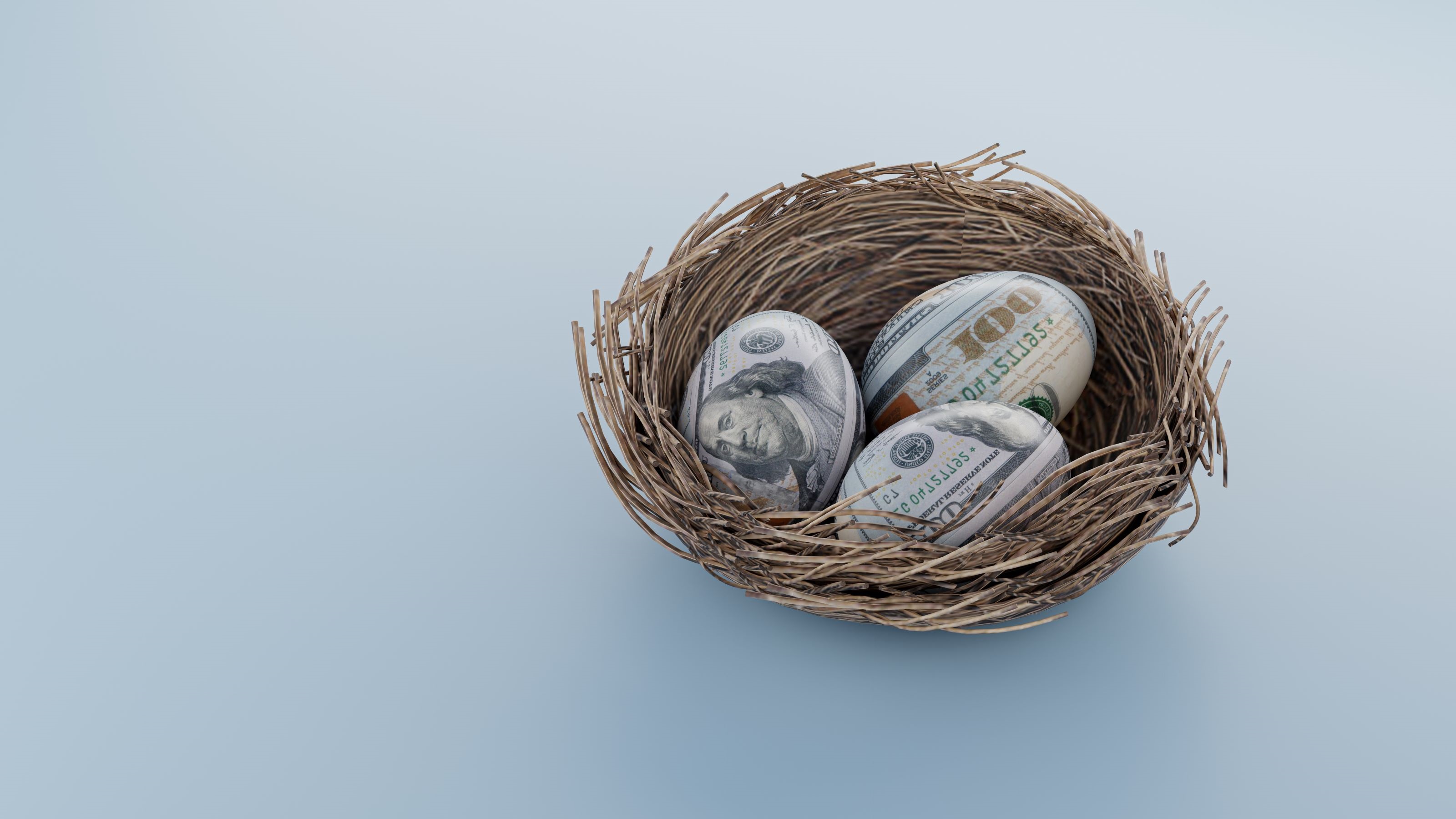How Big a Nest Egg Americans Think They’ll Need to Retire
Hint: $1 million sounds like a lot, but it’s not going to cut it.


It’s the $64,000 question weighing on most American workers: How big a nest egg do I need to live the good life in retirement? Hint: $1 million sounds like a lot, but it’s not going to cut it.
In fact, Americans believe they’ll need $1.27 million socked away, up from $1.25 million a year ago, according to findings from Northwestern Mutual’s 2023 Planning & Progress Study.
Here’s how much Americans, by age, think they’ll need to save to retire:
- 20s: $1.20 million
- 30s: $1.44 million
- 40s: $1.28 million
- 50s: $1.56 million
- 60s: $968,000
The bad news? Survey respondents have saved only $89,300, on average, so far, according to the study.
From just $107.88 $24.99 for Kiplinger Personal Finance
Become a smarter, better informed investor. Subscribe from just $107.88 $24.99, plus get up to 4 Special Issues

Sign up for Kiplinger’s Free Newsletters
Profit and prosper with the best of expert advice on investing, taxes, retirement, personal finance and more - straight to your e-mail.
Profit and prosper with the best of expert advice - straight to your e-mail.
And that means workers who want to close the wide gap between what they think they’ll need to pay the bills when they retire, and their skimpy 401(k) account balances will have to get more committed to saving for their Golden Years.
“Americans’ magic number for retirement readiness continues to rise,” said Aditi Javeri Gokhale, chief strategy officer, head of institutional investments and president of retail investments at Northwestern Mutual. “The challenging news is that there continues to be a big disparity between what they think they’ll need to retire and what they’ve saved to date.”
It’s no wonder, then, that nearly half (48%) of respondents said they “do not expect to be financially prepared for retirement when the time comes.” Another worrisome factoid: Americans say there’s a 45% chance they’ll outlive their savings, yet one-third said they haven’t taken any steps to address that possibility.
One way workers plan on making up for the savings shortfall is to work longer. Overall, Americans plan to work until age 65, up from 64 last year and 63 in 2021, according to the survey. Working longer, of course, means retirement account balances have more time to grow and retirees can wait longer to take Social Security, which will boost their monthly checks.
Younger workers also benefit from time and the benefits of compounding, or the returns you earn on top of previous gains. “One of the greatest gifts that financial planning provides is time,” Gokhale said. How much of your annual income should you try to save: 15% (including your company matching contribution), according to Fidelity Investments.
When it comes to optimizing income and spending in retirement, a new report from BlackRock, the world’s largest asset manager, and the Bipartisan Policy Center, says workers need to tap all the tools and levers available to them. In addition to saving more on a regular basis, workers can reduce the retirement savings gap by retiring later, delaying Social Security to boost the amount of their monthly benefit, tweaking their asset mix to include more stocks in their retirement portfolio to generate more growth, and consider adding a guaranteed income stream (such as an annuity) to their savings toolkit.
“We did this research because we think more people could use these levers if they knew the benefits they can provide,” said Matt Soifer, head of distribution of BlackRock’s retirement business.
Related Content
Profit and prosper with the best of Kiplinger's advice on investing, taxes, retirement, personal finance and much more. Delivered daily. Enter your email in the box and click Sign Me Up.

Adam Shell is a veteran financial journalist who covers retirement, personal finance, financial markets, and Wall Street. He has written for USA Today, Investor's Business Daily and other publications.
-
 The SEC Is Concerned for Older Investors and Retirement Savers. Here's What You Should Know
The SEC Is Concerned for Older Investors and Retirement Savers. Here's What You Should KnowThe SEC focusing on older investors, retirement and college savers, and private securities. Here's how those changes impact you.
-
 Vesting, Catch-Ups and Roths: The 401(k) Knowledge Quiz
Vesting, Catch-Ups and Roths: The 401(k) Knowledge QuizQuiz Test your understanding of key 401(k) concepts with our quick quiz.
-
 Why You Should Pay Attention to Company Guidance
Why You Should Pay Attention to Company GuidanceUnderstanding how corporate profit forecasts affect analysts’ estimates and stock ratings can help you make investment decisions.